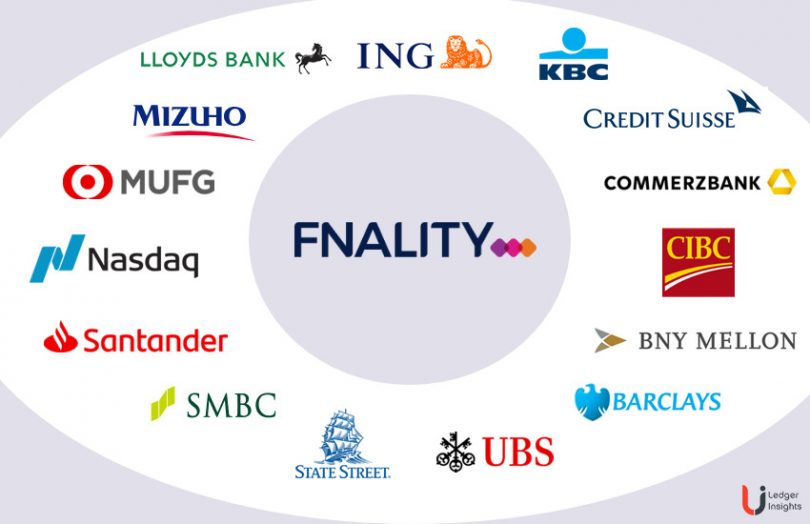Ahead of its launch in October, Fnality, the blockchain payment system owned by 15 financial institutions, executed a trial payment to settle a security issuance. Natwest acted as dealer and issuer for the pilot transaction, and Santander invested in the digital asset.
This proof of concept involved two separate blockchain networks, the Fnality Ecosystem Testnet for payments and the public Ethereum blockchain on which the digital security was issued. Both networks are Ethereum based.
The debt was issued using Nivaura’s automated workflow solution. Adhara, which has worked with Fnality since early 2020, helped develop the Fnality Ecosystem TestNet.
A key feature of the Fnality payment system is that it’s backed by money held in a central bank account, making the settlement token a synthetic CBDC. However, the company prefers to position itself as a payment system.
Last year the Bank of England unveiled a new omnibus central bank account, which co-mingles funds provided by multiple regulated banks. This is precisely the sort of account Fnality needed to execute its plan for interbank blockchain-based payments.
“The Fnality Ecosystem TestNet finally allows us to proudly introduce our structure for DLT-based payments and settlements ahead of live operation,” said Rhomaios Ram, Fnality CEO.
“This early phase of testing under specific use cases for Santander and NatWest promotes the exploration of multiple system benefits, allowing those within the Fnality consortium – and those who stand to gain outside it – to examine how the technology will work to deliver speed, cost and risk benefits, while also defining workflows for the future.”
This particular test use case demonstrates the ability to settle securities transactions on the same day (T0) versus the usual T+2, reducing counterparty risks. We’ve previously noted how this sort of solution could enable other applications such as intraday FX swaps. Plus, it could support intraday liquidity savings and end-to-end repurchase agreements. Provided there is pre-funding, it means transactions can potentially be settled outside the operating hours of the UK’s Real Time Gross Gettlement (RTGS) system.
Fnality, the distributed Financial Market Infrastructure (dFMI), was first conceived in 2016 as the Utility Settlement Coin by UBS and Clearmatics. Longer term it plans to support multiple currencies in addition to the British pound, such as the Euro, US Dollar and Yen. However, given it uses central bank accounts, it needs the green light from each central bank.
In testimony before the House of Lords, Sir Jon Cunliffe, the Deputy Governor of the Bank of England, recently noted that there was no need for a wholesale central bank digital currency (CBDC), because private sector solutions – such as this one – can offer synthetic CBDCs.
Notably, Santander is one of Fnality’s investors, but Natwest is not. Fnality raised $63 million from 14 backers in mid-2019, with Mizuho joining later. The current investors are Banco Santander, Bank of New York Mellon, Barclays, CIBC, Commerzbank, Credit Suisse, ING, KBC Group, Lloyds Banking Group, Mizuho, MUFG Group, Nasdaq, SMBC, State Street and UBS.






